
Praha has acquired a new lookout tower, it is called Doubravka
Source
Kancelář starosty Úřad městské části Praha 14
Kancelář starosty Úřad městské části Praha 14
Publisher
Tisková zpráva
14.06.2018 11:55
Tisková zpráva
14.06.2018 11:55
Martin Rajniš
Huť architektury Martin Rajniš
Prague - The metropolis has its first publicly accessible lookout tower since the completion of the Žižkov Television Tower. Doubravka, as the tower that has risen in the last year at Černý Most is called by its creators, is no ordinary structure. It is unique in many ways - original construction, materials used, the fact that it comes from the "workshop" of a world-renowned architect, and the way it was realized. The idea to enrich Prague 14 with a lookout tower was born in 2013 in the mind of the mayor of this municipal district, Mgr. Radek Vondra. He inspired the private investment and engineering company Landia Management s.r.o., which is carrying out projects such as the new residential quarter Rajský vrch in the area of Prague 14, and they together began to address who would turn their vision into reality. The choice of who to approach was quick and clear due to numerous references and a distinctive approach to each addressed area - architect Martin Rajniš and his Huť architektury. Landia Management s.r.o. paid three million crowns for the new lookout tower, which funded another million crowns for the preparatory phases and coordination of the entire project. Everyone also agrees on the active involvement of the public, who supported the construction with donations totaling nearly half a million crowns through the purchase of steps with personal messages.
"I am very pleased that Čihadla, specifically the Horka hill, is adorned after about a year of hard work with such a wicker beauty. I perceive Doubravka as a very strong symbol and a new landmark of the municipal district. I believe that its originality will attract visitors both from near and far," says Mayor Vondra. According to him, Doubravka is the first step toward the development of the entire Čihadla area, specifically its revitalization into a natural park offering facilities for various activities. "I appreciate that Martin Rajniš found the right inspiration for his next work right here with us," he adds.
Doubravka opens almost exactly on the anniversary of the moment when a twelve-meter prototype arch of the future lookout tower was erected on the shore of Kyjský pond four years ago. For three years, observations and measurements of the connections and bending of the material took place before the actual construction of the tower, which is twice the height. The implementation then took a whole year. This demonstrates that the new, publicly accessible lookout tower, which the residents of Prague waited for more than twenty-five years, is a typical example of experimental architecture. It was designed for a specific location with constructional details that are not seen anywhere else. "Experimental does not mean unfinished or uncertain. We have calculated and tested every centimeter. It's more about the construction process, where we verified sketches and plans directly on-site. In wind, rain, frost, or blazing sunshine," explains Prof. Ing. Arch. Martin Rajniš, who, along with his team from Huť architektury, was behind both the design and the realization of Doubravka. They had to deal with changing the shape of the three bases, a shortage of acacia logs as the basic building material, and the inaccessibility of the construction site for several months. The result is absolutely convincing, as evidenced by enthusiastic reactions on social media.
The signature of Huť architektury is reflected in the shape of the triangular pyramid as well as in the chosen materials. Easily renewable but durable acacia wood predominates (over 7 kilometers of sticks, including waste), complemented by larch and steel elements. The highest point of the tower rises to a height of 23.5 meters thanks to a flagpole. "Acacia is the best material we could have used in terms of durability. From experience, I know that a lot depends on the orientation of the elements in the structure; horizontal ones deteriorate significantly faster, and we have a minimum of those. We have also devised a steel support under Doubravka, which we can implement in 15 years. It is certainly not at risk that by 2033 there will be again an empty space instead of Doubravka," adds architect David Kubík, who was responsible for the construction of the lookout tower in the Huť architektury team.
The municipal district will take ownership of the lookout tower during the summer. However, Doubravka, which has a platform at a height of 20 meters connected by 98 steps, will serve the public starting from June 15. And this will be without any restrictions, except for the off-season period from November to March. At one moment, up to nine people can stand at the top.
Doubravka is a symbolic cornerstone of the revitalization of the Čihadla area. This year, the restoration of hiking trails, cycling paths, and other communications will begin. The intention also includes the installation of various small architectural elements, play equipment for children, the creation of rest, relaxation, or picnic places, and refreshment facilities directly at the lookout tower. As part of the so-called Path to Doubravka, a playground was also opened last autumn in the Rajský vrch residential area.
The municipal district is preparing, together with the College of Physical Education and Sport Palestra, a proposal for the long-term development of the valuable natural recreational zone of Čihadla. One of the main landmarks will also be the planned sports complex at Ocelkova Street, which will be developed by revitalizing unused areas. By connecting Čihadla and the park U Čeňku, one of the largest forest parks in the capital is expected to be created in the future. The goal is to offer the residents of Prague 14, tourists, running enthusiasts, or cyclists an attractive location that provides varied recreation, relaxation, and opportunities for discovery. In terms of flora and fauna composition, Čihadla is among the most stimulating places in the capital.
And a message at the end directly from Martin Rajniš? "People coming to the lookout tower get a desire to climb it; it’s the goal of their journey, and that urge to look around might replace the old pagan rituals, a kind of special connection to the land. We, a nation of non-believers, and in that, I understand the Czechs, reach a different dimension of life at the top of the lookout tower. Suddenly, we feel that we are part of a wide landscape; we feel gusts of freedom, gusts of courage, and those are things that are terribly rare in the Czech Republic."
"I am very pleased that Čihadla, specifically the Horka hill, is adorned after about a year of hard work with such a wicker beauty. I perceive Doubravka as a very strong symbol and a new landmark of the municipal district. I believe that its originality will attract visitors both from near and far," says Mayor Vondra. According to him, Doubravka is the first step toward the development of the entire Čihadla area, specifically its revitalization into a natural park offering facilities for various activities. "I appreciate that Martin Rajniš found the right inspiration for his next work right here with us," he adds.
Doubravka opens almost exactly on the anniversary of the moment when a twelve-meter prototype arch of the future lookout tower was erected on the shore of Kyjský pond four years ago. For three years, observations and measurements of the connections and bending of the material took place before the actual construction of the tower, which is twice the height. The implementation then took a whole year. This demonstrates that the new, publicly accessible lookout tower, which the residents of Prague waited for more than twenty-five years, is a typical example of experimental architecture. It was designed for a specific location with constructional details that are not seen anywhere else. "Experimental does not mean unfinished or uncertain. We have calculated and tested every centimeter. It's more about the construction process, where we verified sketches and plans directly on-site. In wind, rain, frost, or blazing sunshine," explains Prof. Ing. Arch. Martin Rajniš, who, along with his team from Huť architektury, was behind both the design and the realization of Doubravka. They had to deal with changing the shape of the three bases, a shortage of acacia logs as the basic building material, and the inaccessibility of the construction site for several months. The result is absolutely convincing, as evidenced by enthusiastic reactions on social media.
The signature of Huť architektury is reflected in the shape of the triangular pyramid as well as in the chosen materials. Easily renewable but durable acacia wood predominates (over 7 kilometers of sticks, including waste), complemented by larch and steel elements. The highest point of the tower rises to a height of 23.5 meters thanks to a flagpole. "Acacia is the best material we could have used in terms of durability. From experience, I know that a lot depends on the orientation of the elements in the structure; horizontal ones deteriorate significantly faster, and we have a minimum of those. We have also devised a steel support under Doubravka, which we can implement in 15 years. It is certainly not at risk that by 2033 there will be again an empty space instead of Doubravka," adds architect David Kubík, who was responsible for the construction of the lookout tower in the Huť architektury team.
The municipal district will take ownership of the lookout tower during the summer. However, Doubravka, which has a platform at a height of 20 meters connected by 98 steps, will serve the public starting from June 15. And this will be without any restrictions, except for the off-season period from November to March. At one moment, up to nine people can stand at the top.
Doubravka is a symbolic cornerstone of the revitalization of the Čihadla area. This year, the restoration of hiking trails, cycling paths, and other communications will begin. The intention also includes the installation of various small architectural elements, play equipment for children, the creation of rest, relaxation, or picnic places, and refreshment facilities directly at the lookout tower. As part of the so-called Path to Doubravka, a playground was also opened last autumn in the Rajský vrch residential area.
The municipal district is preparing, together with the College of Physical Education and Sport Palestra, a proposal for the long-term development of the valuable natural recreational zone of Čihadla. One of the main landmarks will also be the planned sports complex at Ocelkova Street, which will be developed by revitalizing unused areas. By connecting Čihadla and the park U Čeňku, one of the largest forest parks in the capital is expected to be created in the future. The goal is to offer the residents of Prague 14, tourists, running enthusiasts, or cyclists an attractive location that provides varied recreation, relaxation, and opportunities for discovery. In terms of flora and fauna composition, Čihadla is among the most stimulating places in the capital.
And a message at the end directly from Martin Rajniš? "People coming to the lookout tower get a desire to climb it; it’s the goal of their journey, and that urge to look around might replace the old pagan rituals, a kind of special connection to the land. We, a nation of non-believers, and in that, I understand the Czechs, reach a different dimension of life at the top of the lookout tower. Suddenly, we feel that we are part of a wide landscape; we feel gusts of freedom, gusts of courage, and those are things that are terribly rare in the Czech Republic."
The English translation is powered by AI tool. Switch to Czech to view the original text source.
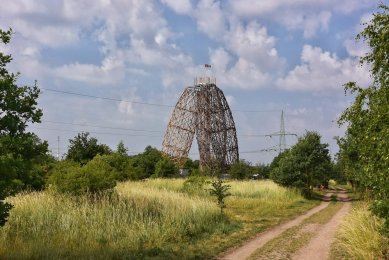
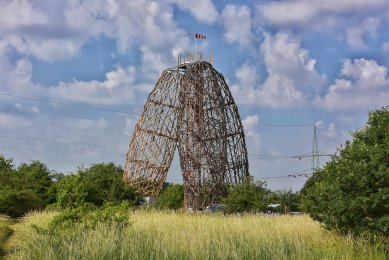
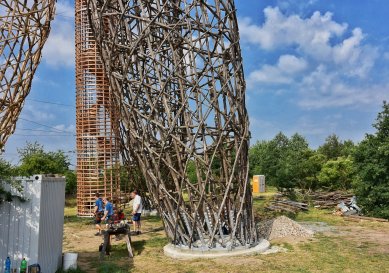
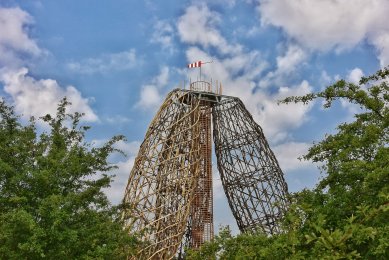
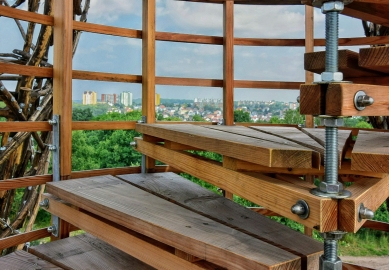
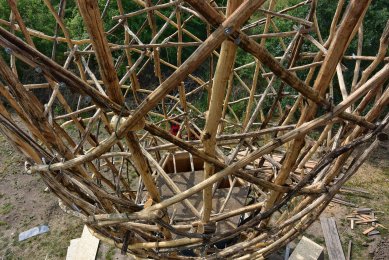
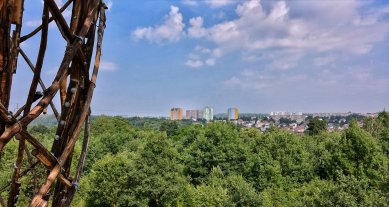
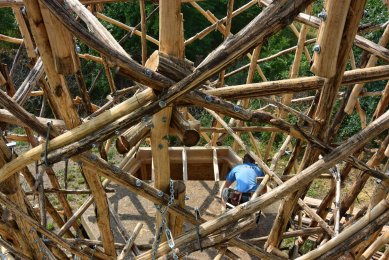
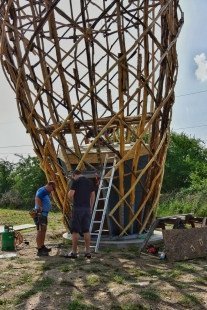
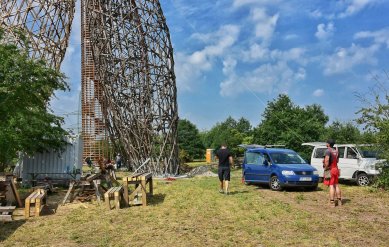
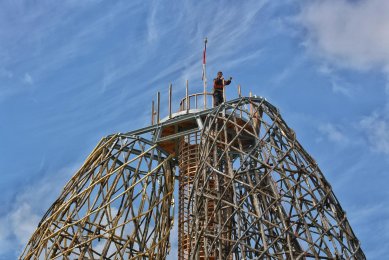
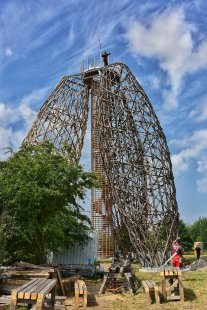
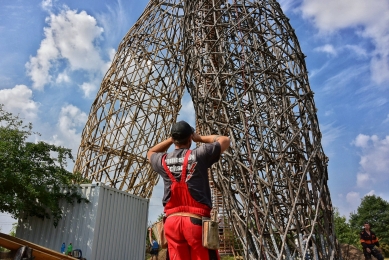

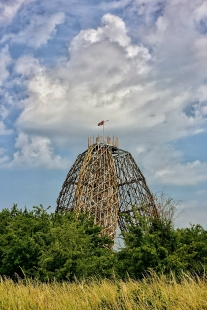
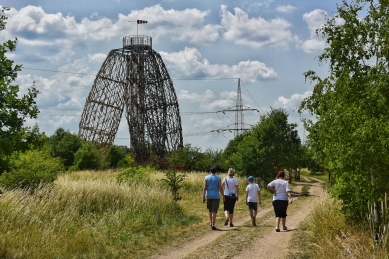
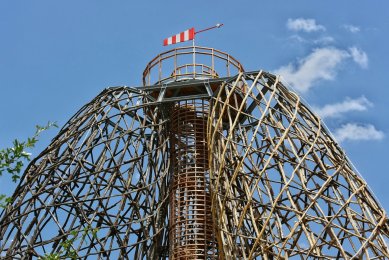
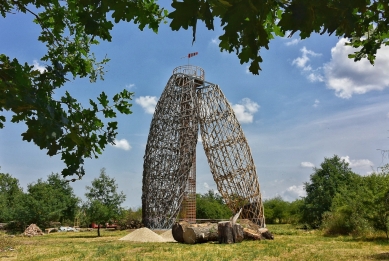
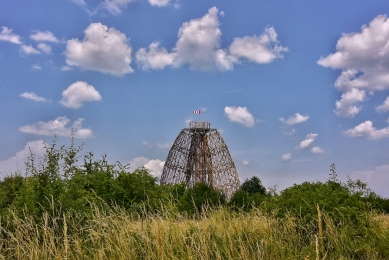
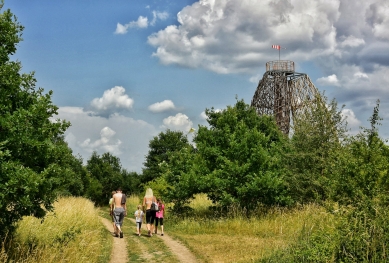
0 comments
add comment











